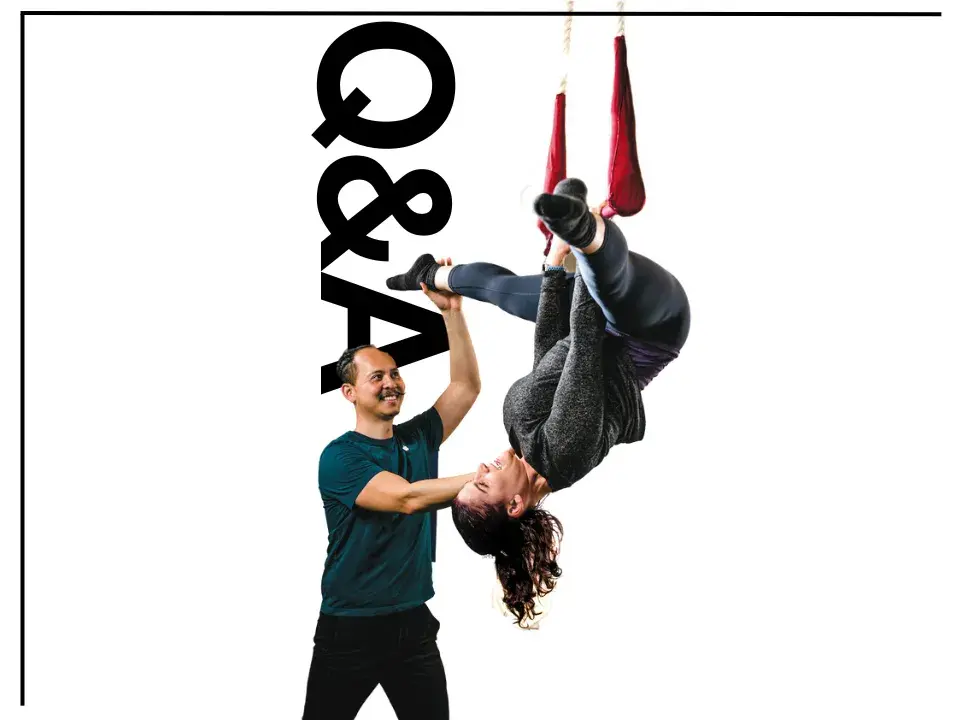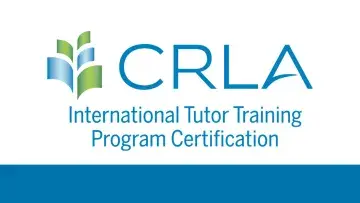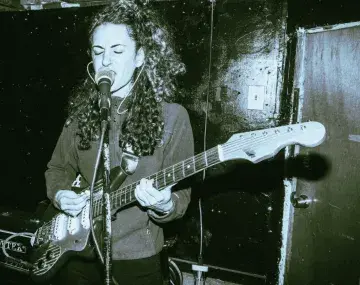Safety in Circus Arts

Stephanie Greenspan and Danny Nguyen, DPT ’23, practice a straddle inversion, a foundational movement featured in a recent study Greenspan conducted.
Injury prevention is a common goal in the worlds of sports and performing arts. To prevent injury, there first needs to be a clear understanding of what injuries are happening and how. Different sports and dance organizations have developed consensus guidelines for injury surveillance so researchers can monitor and report injuries in a standardized way, ultimately enabling more to be learned. However, until recently, there was no consensus statement for the circus arts. Motivated by her passion to improve the health of performing artists, clinician and researcher Stephanie Greenspan, DPT, an adjunct associate professor of physical therapy at Samuel Merritt University with a background as an aerialist and coach, decided to change that.
What drove you to create Surveillance of Injuries for Research in Circus (SIRC) and develop this new consensus statement?
As I was designing my own injury research in circus arts and reviewing what was already published, I quickly realized that every one was using different methods, which made it hard to compare or compile our findings. So, after I completed my year-long study of injuries in circus artists across the United States, I invited leading researchers and reviewers from around the world to collaborate on the development of a consensus statement, and SIRC was born. We decided our consensus should be an extension of the International Olympic Committee’s statement because it would allow us to make comparisons between circus and sport.
How did your work at SMU inform your contributions to the SIRC paper?
I was lucky to be awarded two internal grants at SMU to conduct first a pilot study at a single circus training facility and then a multicenter study of injuries in preprofessional and professional circus artists. As a new researcher, it can be hard to find a mentor, but I received support from my fellow faculty in the PT department as well as my research mentor, Professor Mary McCall from the School of Nursing. This as well as my background as a performing arts physical therapist allowed me to lead the SIRC consensus working group.
At SMU, what role do you see the Motion Arts Research Center (MARC) playing in monitoring and research related to circus arts injuries?
In order to enhance both coaching and injury rehabilitation, we need to have a better understanding of normal movement for foundational acrobatic movements. Then we need to understand how skilled movement differs from movement in a novice artist or an artist that becomes injured. With its high-fidelity motion capture and electromyography systems, the MARC is an excellent resource to study all of these things. They installed a rigging point to allow us to do 3D motion analysis of highly skilled acrobats performing a hanging movement. Next, we will start looking at muscle activation with the same movements. This work will be important in informing technique for these movements that, for example, could decrease stress on the shoulder joint, which is commonly injured in aerialists.


